Attending a friend's wedding for the first time in Dong Hung (Thai Binh) a year ago, Thu Huong ( Hanoi ) was impressed by the full feast, but about 1/3 of the menu consisted of both familiar and strange ham dishes.
“In addition to the usual cha and gio lua (lean ham), I also got to try two rather unusual dishes: gio nay and gio xao. Of these, gio nay was the most surprising dish, from its appearance to its flavor and preparation method,” Huong said.
Some dishes often appear on the tray of offerings in Thai Binh . Source: @hienngangreview95
The young girl shared that at first glance, the dish looks greasy, but when eaten, it is refreshing and soft.
“The ham is big and plump, both lean and fatty, but skillfully prepared. On the tray, there is also a bowl of salty fish sauce and a plate of pickled vegetables to eat with the ham, helping to balance the flavors,” the 9X added.
According to Huong’s observation, in addition to the pork roll, other pork roll dishes are also cut into large pieces of 6 or 12. Through research, she learned that the reason comes from the local custom of “eating at a feast and wrapping portions”.
“The ladies and gentlemen here told me that gio nay is a dish that often appears on the feast tray in Thai Binh, especially in Dong Hung and Tien Hai districts.
Like other traditional ham dishes, ham is also cut into thick, large pieces and people often do not eat it, but save it to wrap up and bring home for the elderly and children," Huong shared.
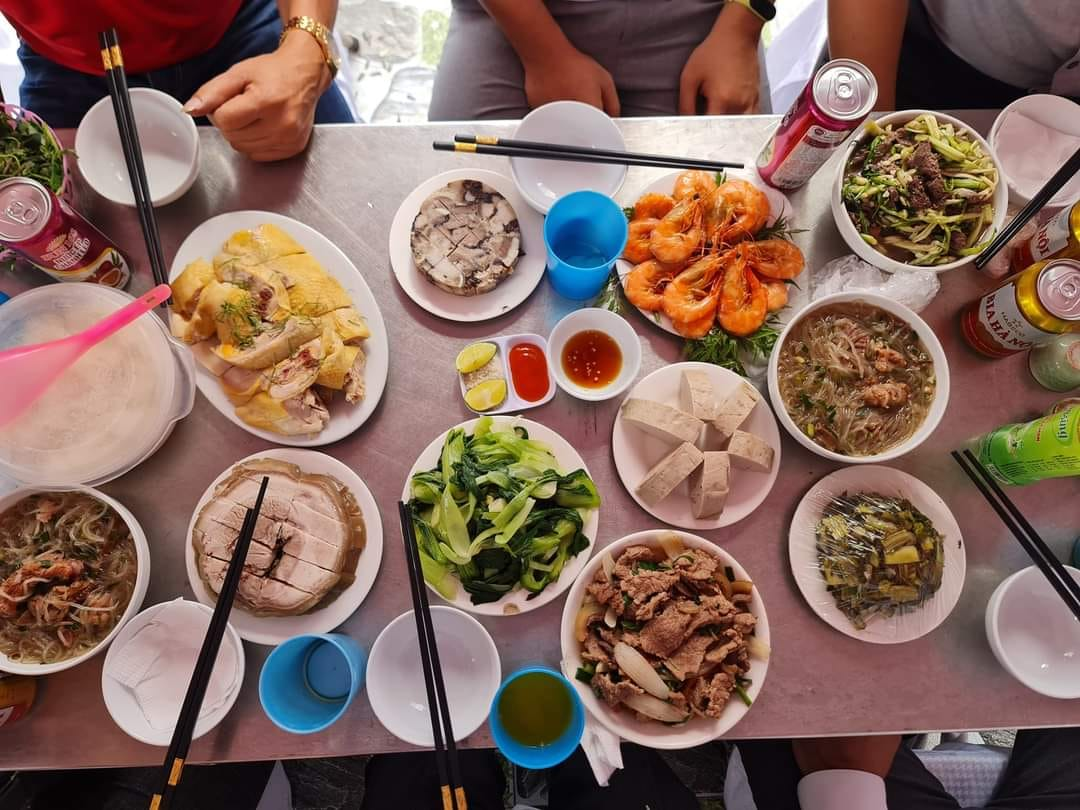
The female tourist also revealed that this is a custom in some localities, not all. If it is a family feast, the time is leisurely and mainly brothers and relatives gather, then almost no one takes a portion.
“When attending a death anniversary or wedding in the countryside, women often take a portion home for their grandparents and children. As for the feast with men and young people, they only eat and drink on the spot without wrapping anything up,” the 9X said.
 | 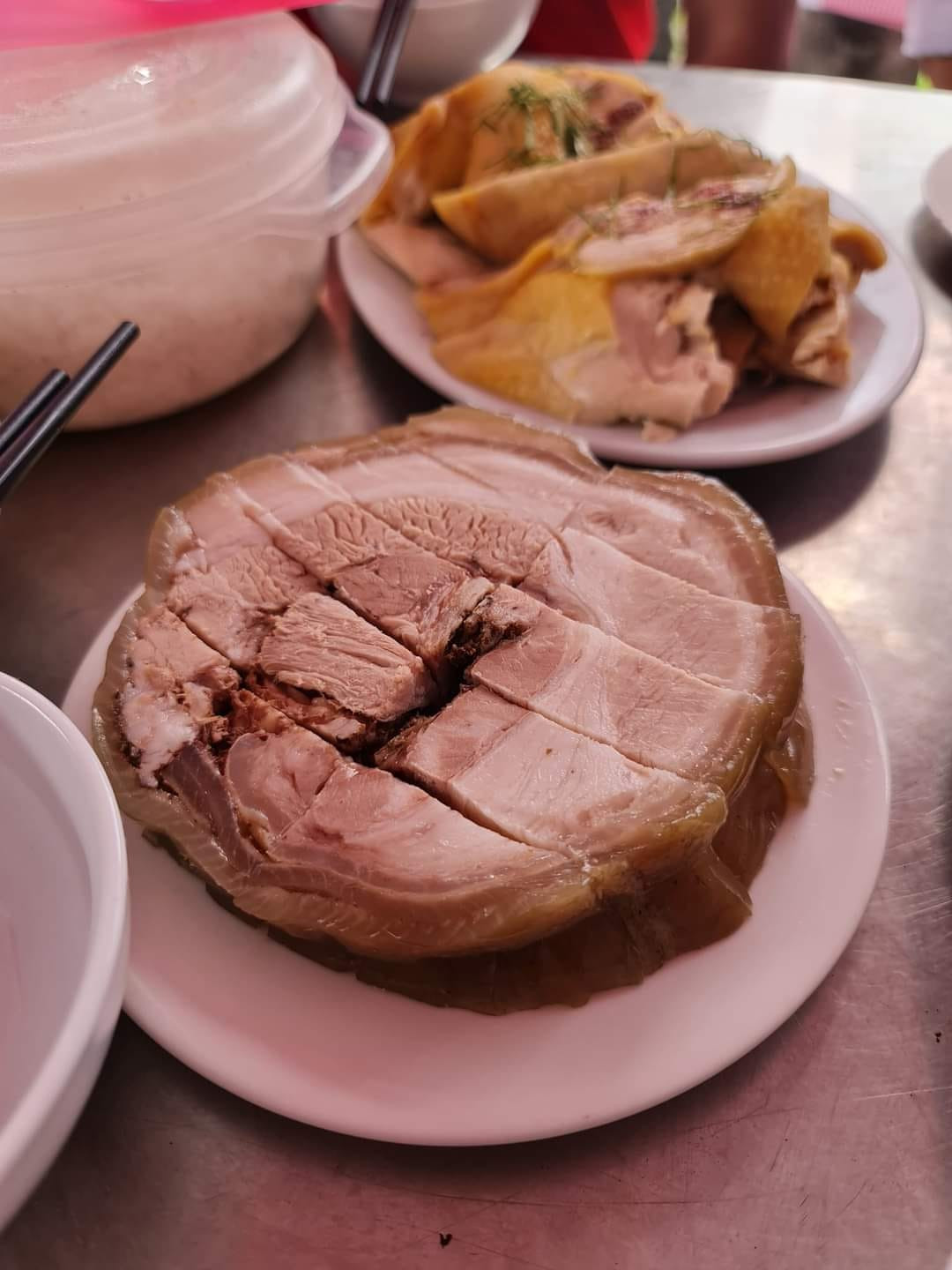 |
Mr. Doan Hiep - owner of a mobile catering service in Thai Binh City said that Gio Nay (also known as Gio Cuon, Gio Fat, Gio Thuc) is a popular dish in some northern provinces such as Thai Binh, Nam Dinh, Hung Yen ... but is most famous in Thai Binh.
On occasions such as death anniversaries, weddings or parties, Tet, gio nay becomes an indispensable delicacy on local feasts.
“Although it is a popular dish, available all year round, any local feast without giò nây is considered incomplete. Because giò nây not only demonstrates the chef’s skillful cooking techniques, but also reflects the regional culinary culture.
In addition to pork roll, the feast in Thai Binh often includes other familiar dishes such as stir-fried buffalo meat with celery (or water spinach, depending on the season), balut eggs...", Mr. Hiep said.
The dish is made from whole pieces of pork belly, boiled for many hours. Source: @duyenhiep90
Although made from pork like many other traditional dishes, Giò Nây has a more special way of processing. Instead of grinding the meat, people use a whole piece of pork, keep the skin, then marinate it with spices and wrap it, then boil and press/compress it like bánh chưng.
According to Mr. Hiep’s experience, to make delicious pork sausage, you must choose fresh pork belly, with layers of lean meat and fat interwoven. In addition, the cartilage of the meat is also kept intact so that the finished product has a delicious crunchy and rich taste.
“If you want the ham to be delicious, you must have pepper when marinating it. People will sprinkle this spice along with seasoning powder, MSG, dried onions… on the surface of the meat, rub it to absorb evenly, then roll it tightly and secure it with string.
This ham must be wrapped in banana leaves, which have been heated over a fire or dried in the sun until they are slightly wilted. Only then will the leaves be supple and tough, and the ham will not tear when wrapped,” said Mr. Hiep.
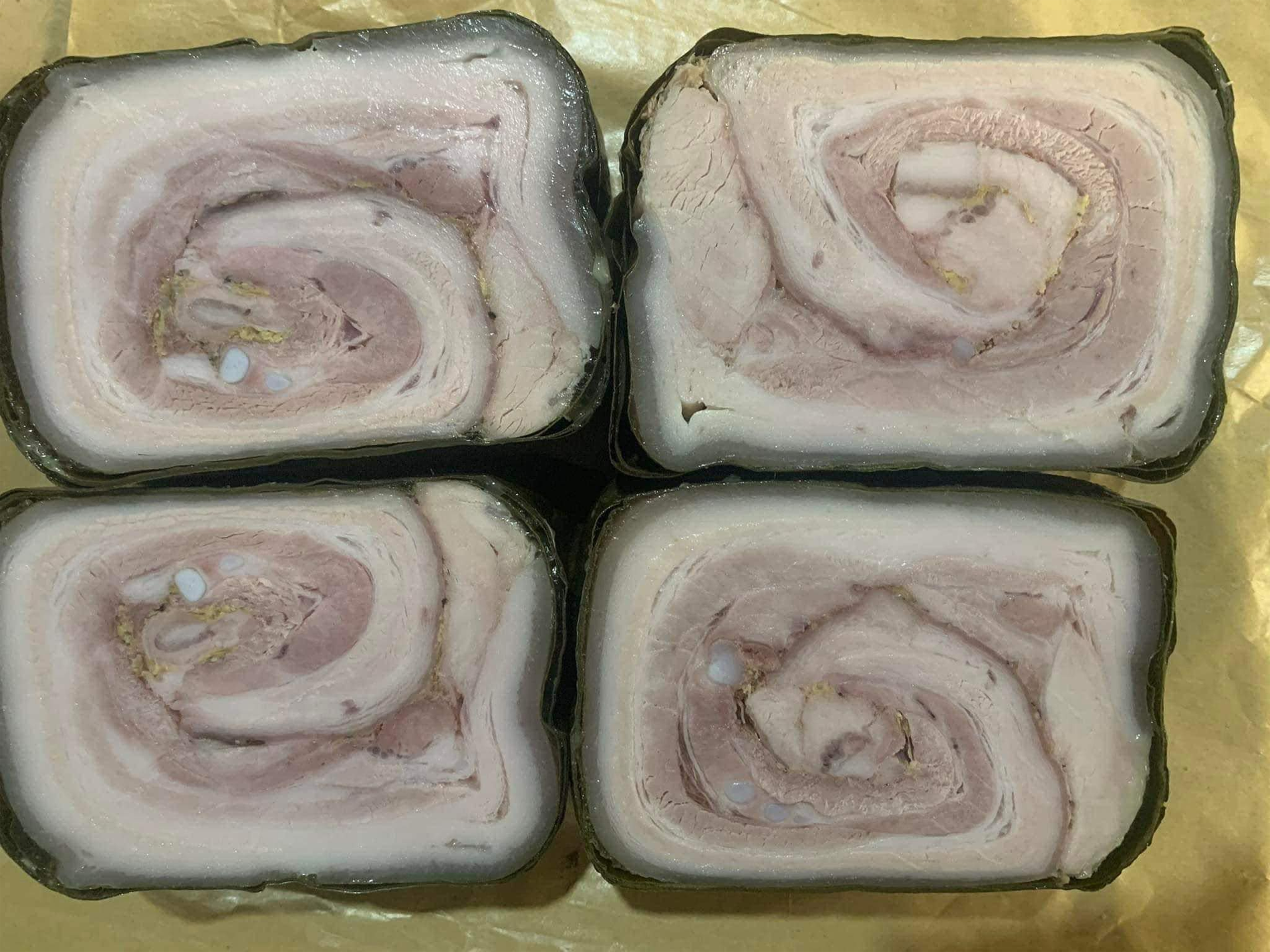
The wrapping stage is considered the most important. The ham must be rolled tightly by hand, ensuring that the meat fibers stick together. Depending on the place, people can wrap the ham in a round or square mold.
The ham is then boiled (or steamed) for about 3-4 hours on medium heat to maintain the heat, helping the meat inside to cook evenly. People also have to time the ham to boil properly, for the right amount of time, creating a soft and fragrant dish.
When the ham is cooked, it must be compressed or pressed tightly like banh chung to make it firmer, not waterlogged, and to create a beautiful green color from the banana leaves, with a characteristic aroma.
This step also helps the meat fibers inside stick together so that the finished product does not have loose ingredients, affecting the flavor and aesthetics of the dish.
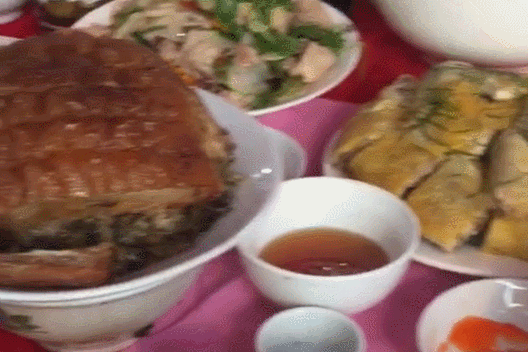
Source: https://vietnamnet.vn/dac-san-trong-mam-co-o-thai-binh-lam-tu-tang-thit-lon-an-ngon-lai-de-lay-phan-2405615.html


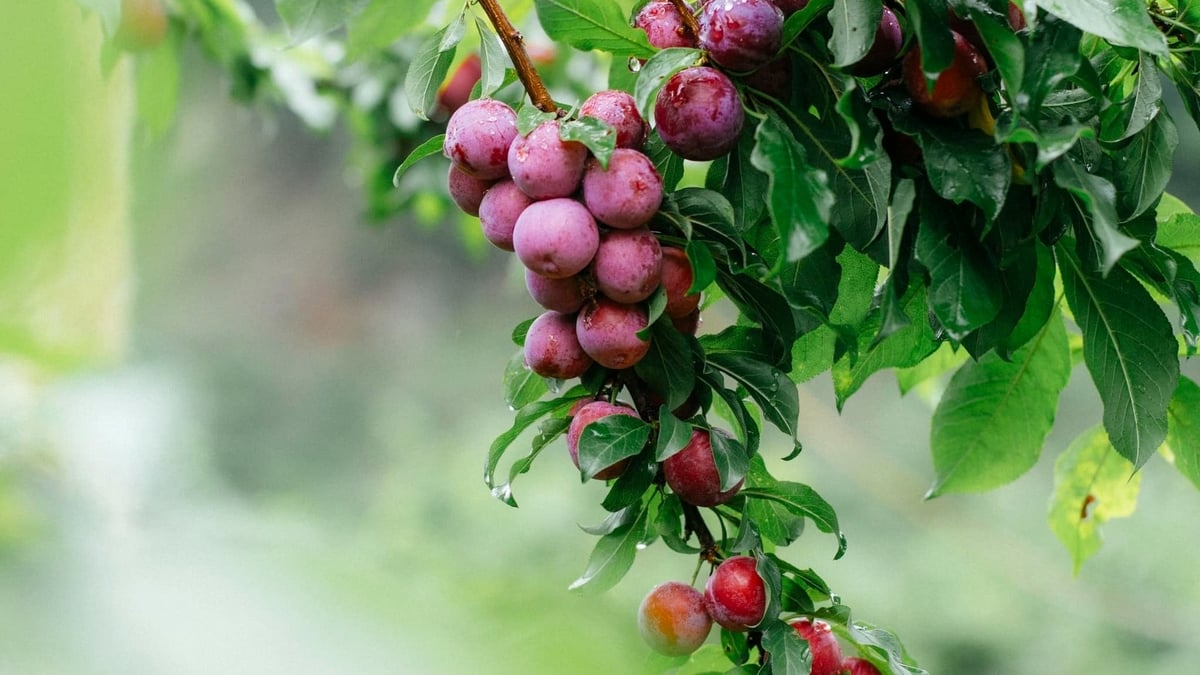
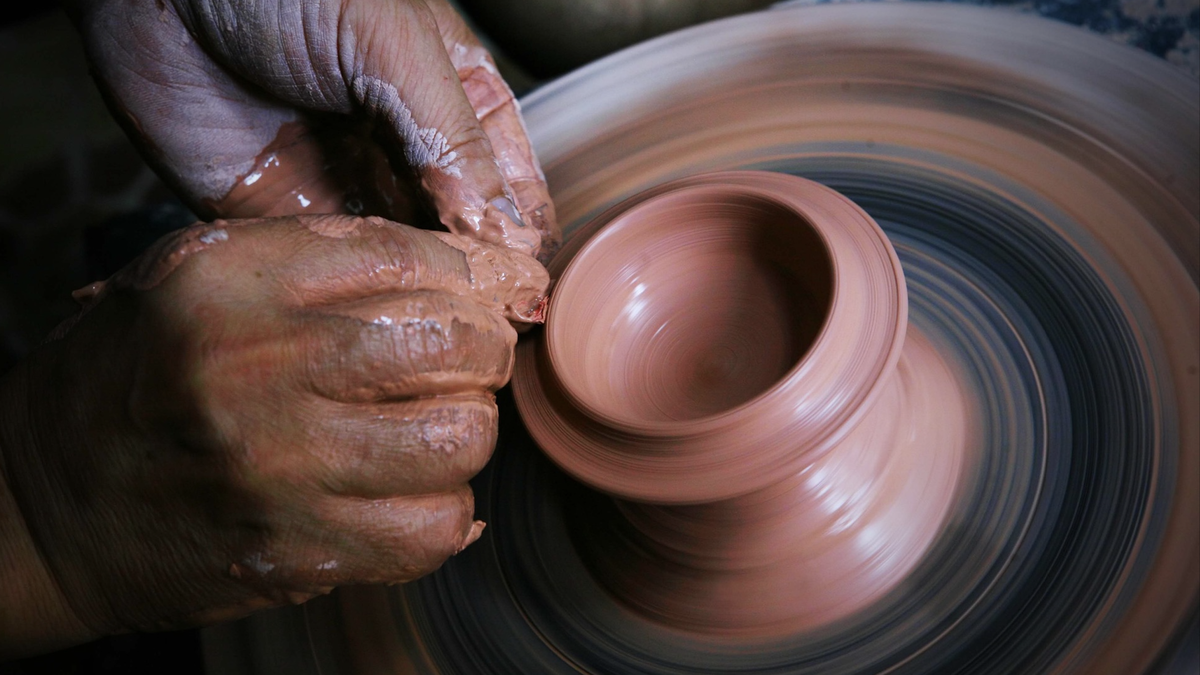
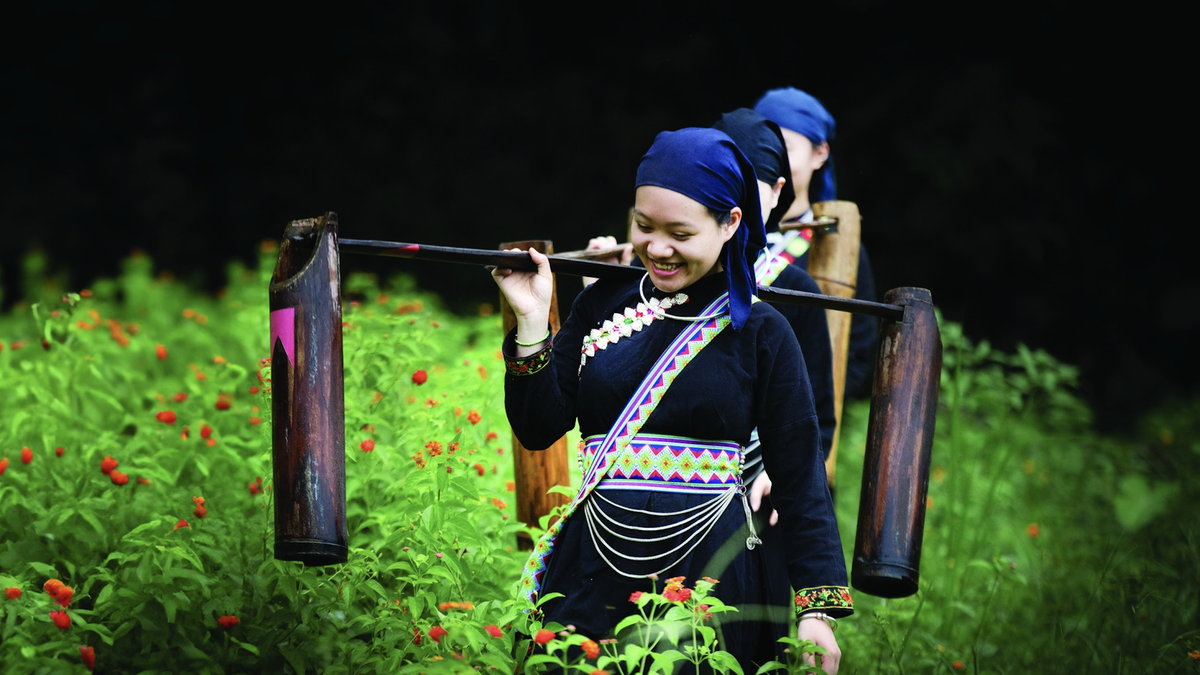



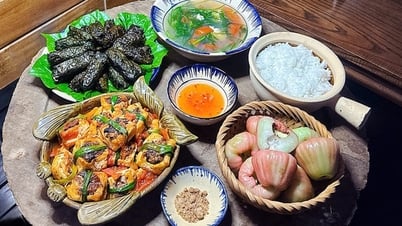

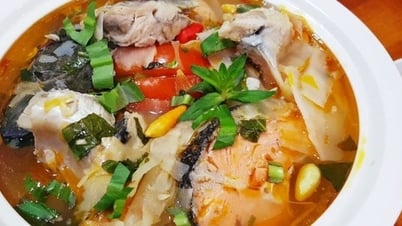
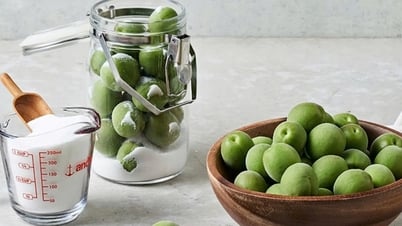

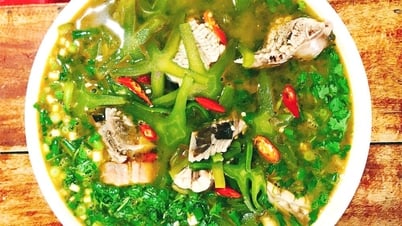

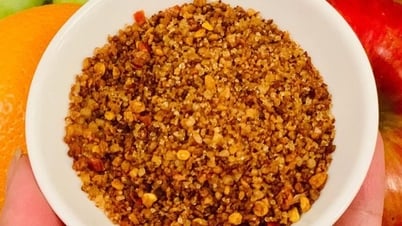
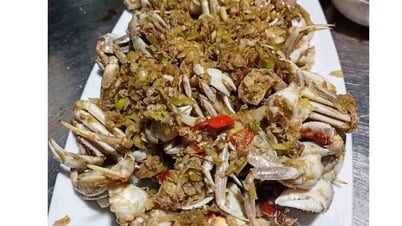











![[Photo] General Secretary To Lam meets with the Group of Young National Assembly Deputies](https://vphoto.vietnam.vn/thumb/1200x675/vietnam/resource/IMAGE/2025/6/24/618b5c3b8c92431686f2217f61dbf4f6)




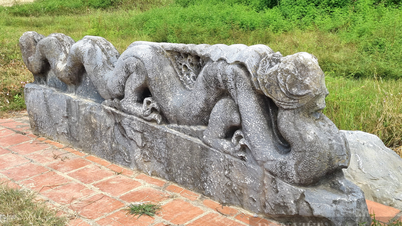









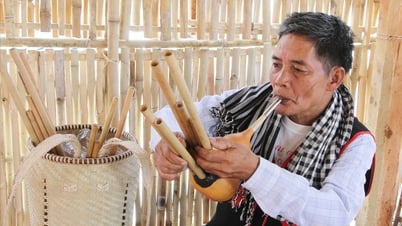




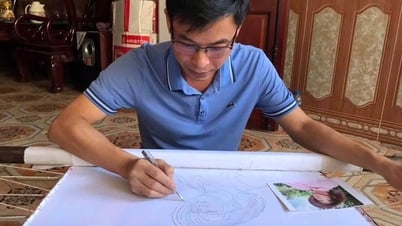







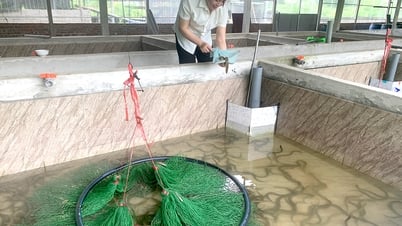












![[Infographic] Regulations on decentralization and delegation in the fields of culture, sports and tourism](https://vphoto.vietnam.vn/thumb/402x226/vietnam/resource/IMAGE/2025/6/25/880a409a8682407a8e784cbc77960ac9)



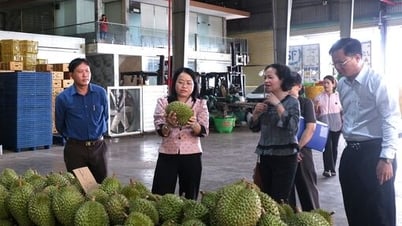

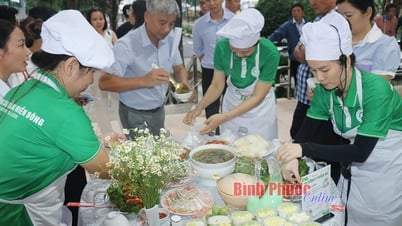





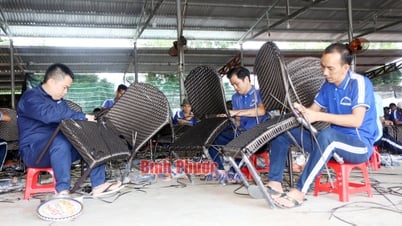
















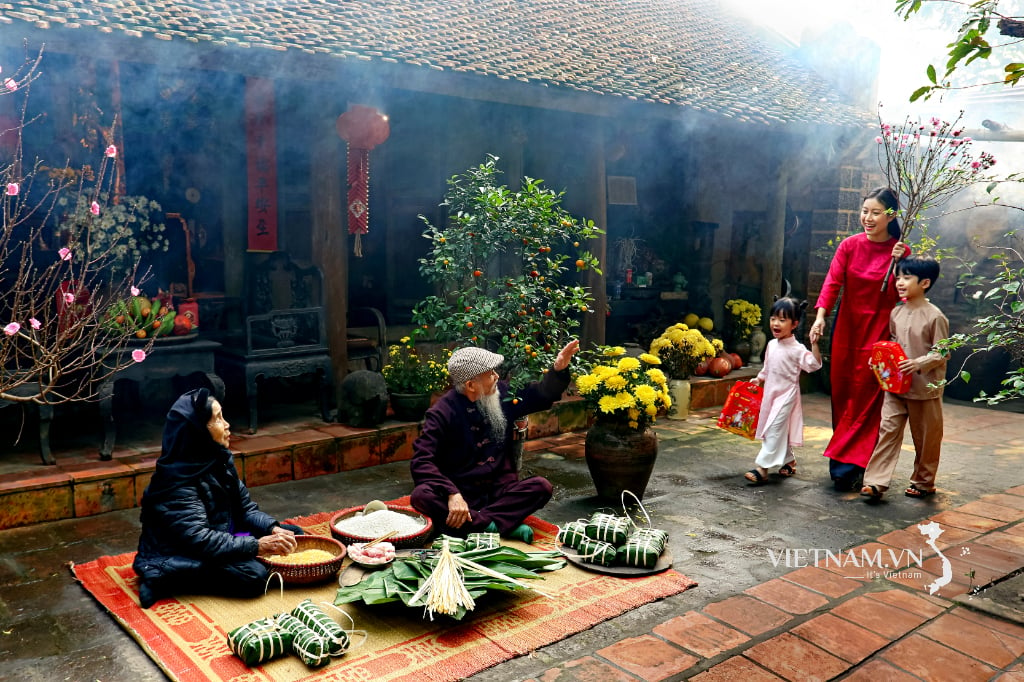


Comment (0)